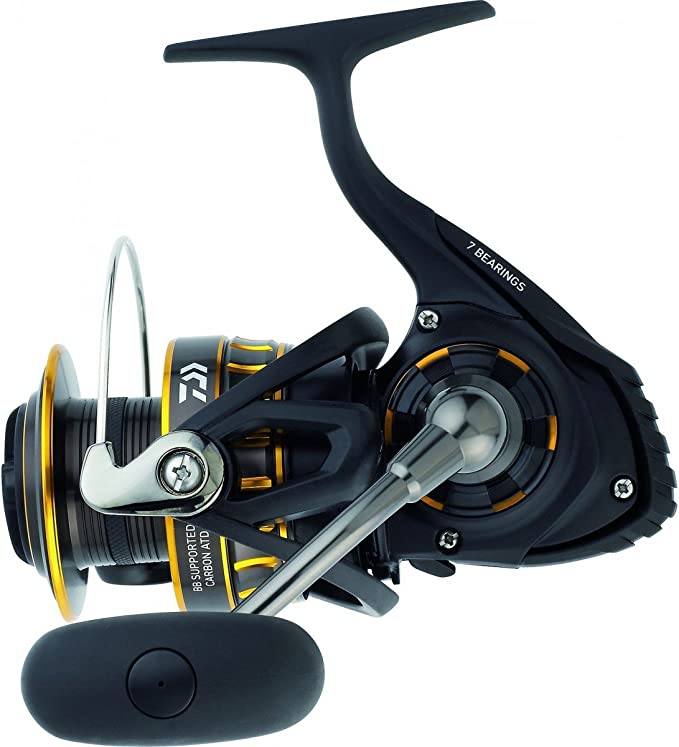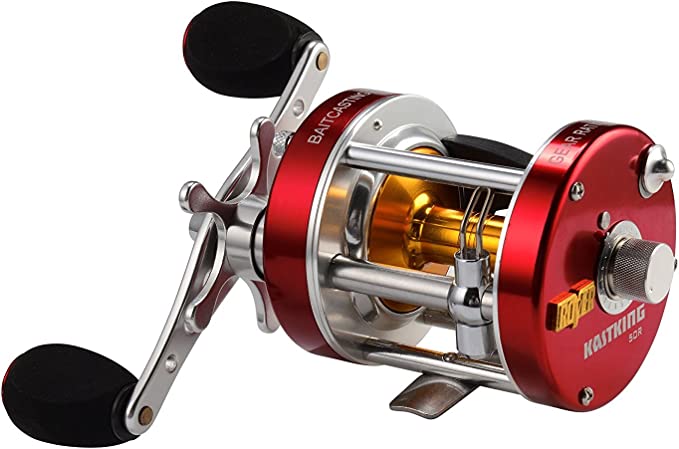Vinfgoes DEFEWW-23: The Inflatable Igloo That's Redefining Outdoor Events
Update on Sept. 5, 2025, 9:58 a.m.
In the summer of 1944, American soldiers in France staged a peculiar deception. From a distance, their encampments bristled with the menacing silhouettes of Sherman tanks and heavy artillery. Yet, up close, these weapons of war were nothing more than cleverly painted rubber balloons. This was the work of the “Ghost Army,” a unit that used inflatable decoys to mislead German forces, proving that a little pressurized air could project immense power.
This wartime trickery held the seed of a revolutionary architectural idea: what if, instead of just creating illusions, we could use air to build real, habitable structures? What if we could construct not with heavy steel and concrete, but with the very breath of the atmosphere?
This isn’t science fiction. It’s the science of pneumatic, or air-supported, architecture. And while its most spectacular examples grace our skylines as futuristic stadiums and biodomes, the core principles can be found in a surprisingly accessible form: the modern inflatable event tent. By deconstructing one such example, we can unravel the elegant physics that allows us to, quite literally, build with air.

The Paradox of Strength: Tension vs. Compression
Traditional architecture is a story of compression. From a Greek column to a brick wall, a building stands by stacking materials that resist the force of gravity pushing down on them. A pneumatic structure, however, operates on a completely different principle: tension.
Imagine a flimsy grocery bag. You can’t build anything by stacking them. But if you inflate it, the bag becomes taut and firm, capable of resisting a certain amount of force. The air inside pushes outwards uniformly on every point of the bag’s inner surface—a concept governed by Pascal’s Law. This outward pressure forces the material into a state of tension, pulling it taut like a drum skin. The structure’s strength no longer comes from the material’s ability to resist being crushed, but from its ability to resist being torn apart.
This is the fundamental magic at play. The Vinfgoes DEFEWW-23, an inflatable igloo-style dome, appears substantial with its external dimensions of $19.7 \times 21.6 \times 13.1$ feet. Yet its structural integrity comes not from any rigid frame, but from a continuous-flow air blower. This blower acts as the structure’s heart, constantly pumping air in to maintain a positive pressure—an internal pressure slightly higher than the atmosphere outside. The soft, foldable Oxford cloth, a fabric chosen for its high tensile strength, becomes the skin, stretched into a rigid, self-supporting shell by the force of the air within. The structure is essentially a meticulously controlled, continuous leak.
This approach flips conventional construction on its head. It creates a vast, 77.8-pound shelter that can be deployed from a bag in minutes, offering a clear-span interior free of any columns. The trade-off, of course, is the constant hum of the blower and a reliance on electricity. It also dictates the material choices. The product’s specification as “Not Water Resistant” isn’t necessarily a flaw, but a conscious design trade-off. Achieving a high degree of waterproofing in a textile often comes at the expense of cost, weight, and even light translucency—qualities that are prioritized in a portable event shelter over all-weather resilience.

From Soap Bubbles to Stadiums
The genius of this form was most elegantly explored by German architect Frei Otto, who famously used soap bubbles to model his structures. A soap bubble, in its perfect spherical efficiency, demonstrates how a tensioned surface will naturally arrange itself into the strongest possible shape to contain a given volume. The dome shape of the inflatable igloo is no accident; it is a direct descendant of this principle of “form-finding,” an inherently stable and efficient geometry for a pressurized vessel.
While a backyard dome illustrates the principle, its true potential is realized on a monumental scale. Look at the Allianz Arena in Munich or the Eden Project in Cornwall. These landmarks are not single balloons but are clad in cushions of Ethylene tetrafluoroethylene (ETFE)—a highly durable, transparent polymer. These ETFE “pillows” are kept pressurized, forming a lightweight, insulating, and visually stunning facade. The core principle is identical to the party tent: a skin of high-tensile material, shaped and rigidified by air pressure. These buildings are breathing.

The Final Frontier: Building on Mars
The story that began with rubber tanks on the fields of France is now looking toward the red plains of Mars. When every ounce of payload costs thousands of dollars to launch into space, the lightweight, compact nature of inflatable structures makes them a leading candidate for future extraterrestrial habitats.
NASA has already tested this concept with the BEAM (Bigelow Expandable Activity Module) attached to the International Space Station since 2016. This module was launched in a compressed state and then inflated in orbit, dramatically increasing the station’s usable volume. Future Martian or lunar bases will almost certainly employ this technology, deploying large living and working spaces from small, easily transportable packages. The simple physics powering a backyard igloo are robust enough to shelter humanity on another world.
From a clever wartime ruse to a potential home on Mars, the architecture of air is a testament to engineering elegance. It reminds us that strength can be found not just in solid mass, but in balanced forces; not in rigidity, but in controlled tension. The next time you see one of these glowing, ethereal domes at a festival or event, look past the novelty. You are witnessing a profound architectural idea in action—a structure built not on the firmness of the ground beneath it, but on the simple, persistent pressure of the air all around us.







































